Horses in the snow …
A picturesque image this time of year, no?
But on the Japanese island of Hokkaido, a unique breed gives “horses in the snow” an entirely new meaning.
I was introduced to the Dosanko breed when a friend recommended the children’s book Wild Horse Winter for my grandgirls.
Written and beautifully illustrated by Tetsuya Honda, this quiet story takes place in—and under—the snow as a small herd of wild Dosanko ponies faces a tremendous blizzard. From the perspective of a colt who has never weathered such a storm, we follow the ponies to a place in the forest where they lie down for the night, allowing themselves to be completely submerged in the falling snow.
Come morning, all we see are puffs of steamy breath erupting from the drifts!
This behavior, which has been observed during particularly harsh winters on Hokkaido, actually helps the horses survive by insulating them from bitter temperatures and ferocious winds. That’s right—these clever creatures stay warm beneath a “blanket” of snow.
I searched the Internet for photos of this phenomenon, but found none. Thankfully, Honda’s elegant watercolor scenes portray it perfectly. You can sneak a peek at a few of the pages by clicking the cover of the book on Amazon, where it says “Look Inside.”
Here is a snowy woodland in Hokkaido … Yoo-hoo! Any horses hiding in there?
It is said that the ancestors of the Dosanko, called Nambu horses, were brought to Hokkaido by merchants and fishermen over 300 years ago. Left to fend for themselves on the island, the horses that survived developed into a new breed that was shorter and stockier with longer hair and tougher hooves. These ponies have also adapted to a diet of bamboo grass, tree bark, and kelp that washes up along the island’s shores.
Today, there are about 2,000 Dosanko horses on Hokkaido. A few are still wild, living on natural land preserves. Others are used for farming, transportation into remote mountainous areas, and trail rides on tourist ranches.













































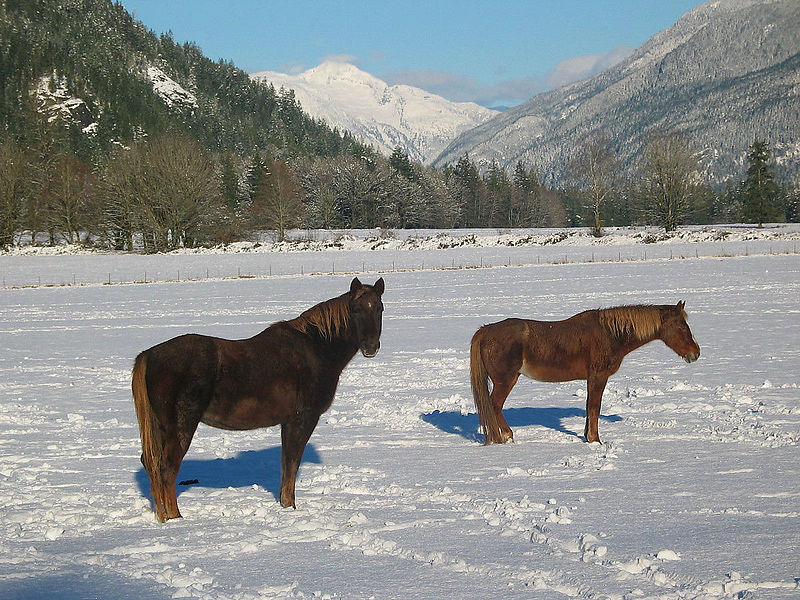
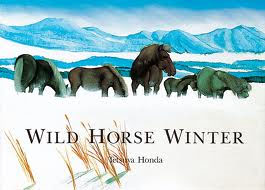
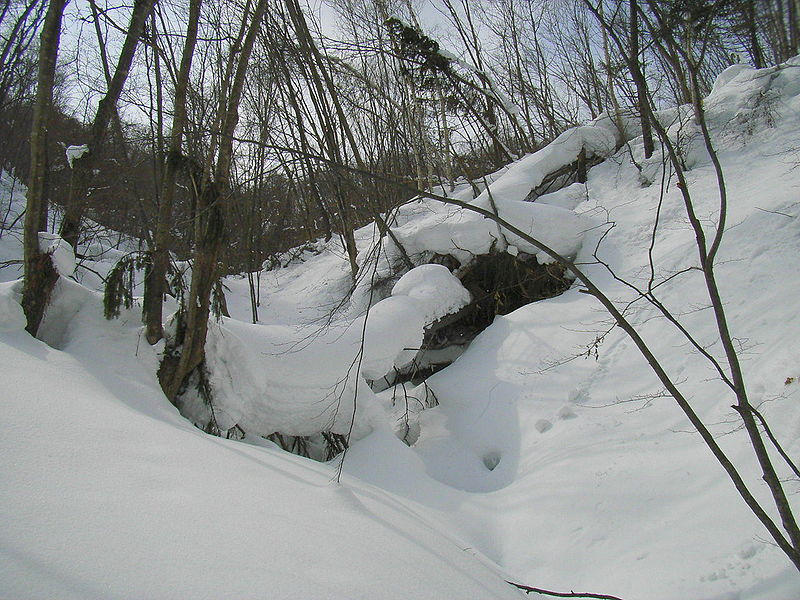
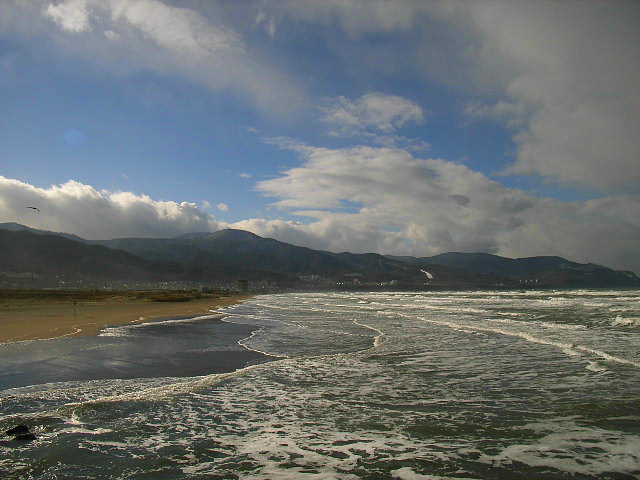
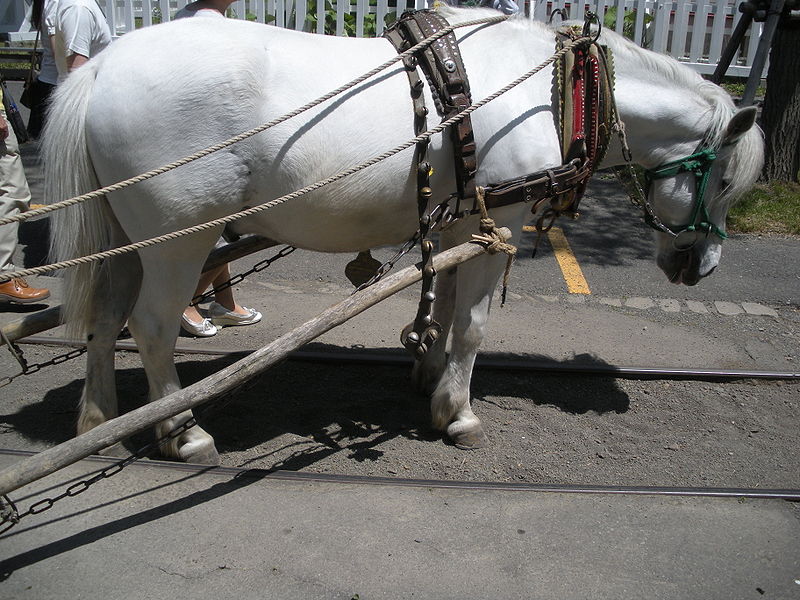








Amazing!! Totally amazing!! It does make sense to bury in the snow but it seems so harsh and incompatible with living. Mother Nature has such stories to share on survival around the world!
Guess you know what new book I’ve got to find!
These wild horses remind me so much of the ones that live on the islands of Chincoteague and Assateague in Virginia on the eastern shore of the Chesapeake Bay. The classic children’s book ” Misty of Chincoteague” by Marguerite Henry was written in 1947 tells all about these wild ponies. And it is a true story. They don’t usually have snow there but the horses eat a similar seashore diet as the Dosanko horses . There are charming black and white drawings and a lovely tale is told. I would go there as often when I lived in Maryland and Virginia . I highly recommend this book for any horse loving child.
HI again,
Please read more about the Assateague ponies and compare the photos of these wild horses with the Japanese ones:
http://www.assateagueisland.com/island_info/assateague_info.htm
Its kind of amazing as the Spanish and Portuguese Galleons sailed to both places.So who knows , could they be related?
Yes, and in the Steens Mountain range in Eastern Oregon they are a breed of horses that are from the Spanish that came to the Texas region and some how made it to the Steens Mountains. There is a pass in the range called (sp) Keiger pass, this was named after the Spanish horses that run there. How many are still there is a good guess as they are systamaticly being rounded up and sent to slauter houses like the one in New Mexico that is making human meat and animal food out of them. They are a beautiful horse, slightly smaller than ranch horses but not ponies. There are probably so many stories from here and all over of the different types of horses and ponies that have made places there homes. Some day most will be gone. Some might be protected now but the next generation may not see it that way as we ever expand our property lines.